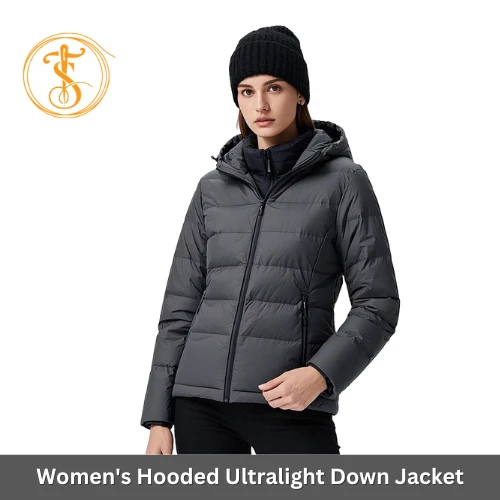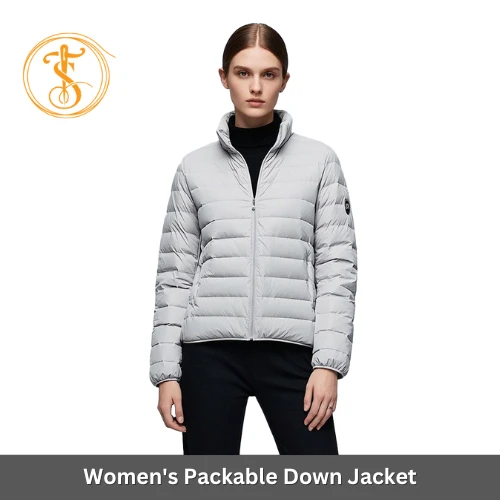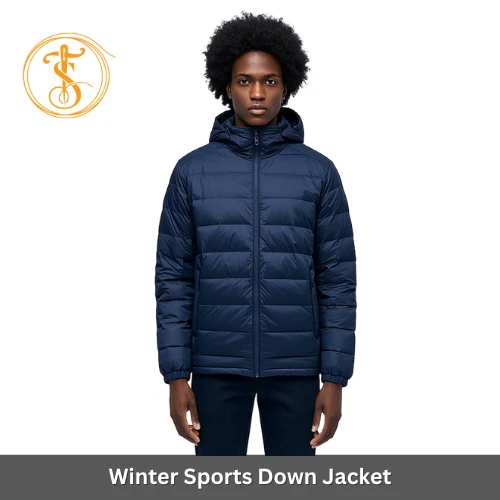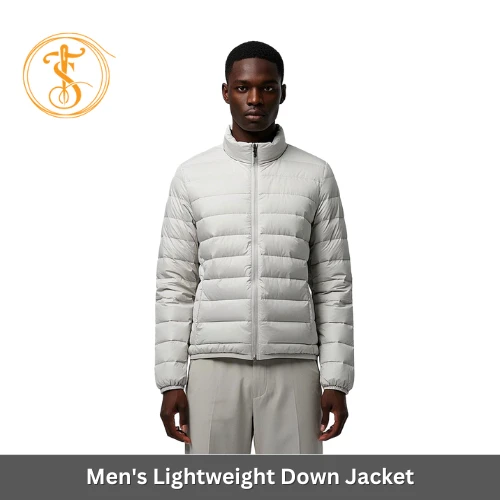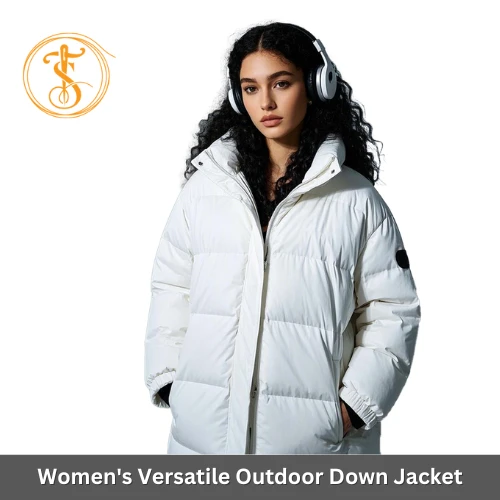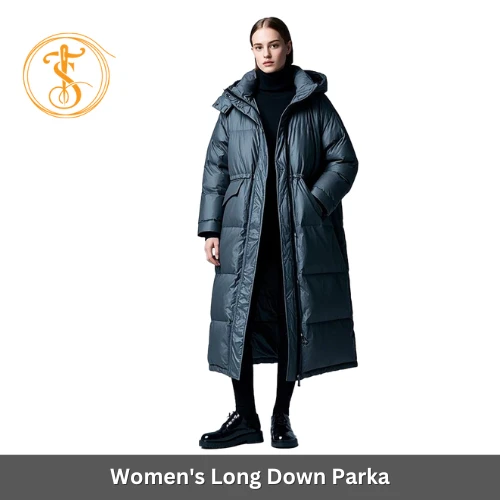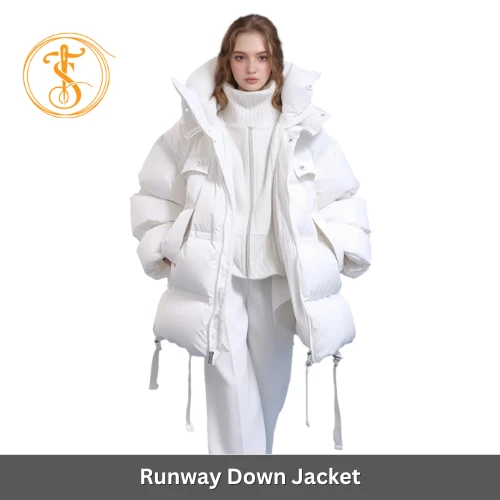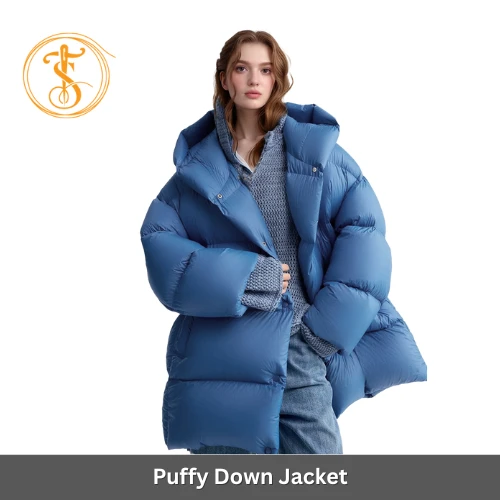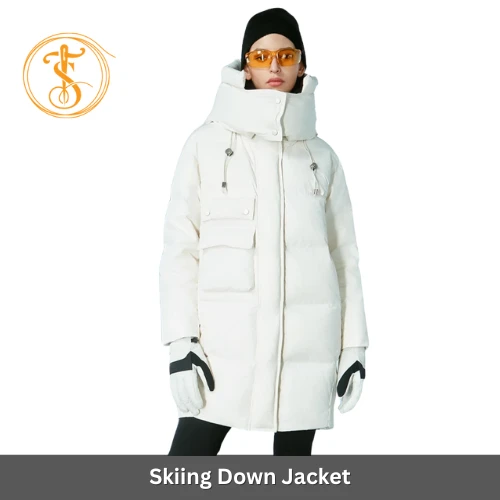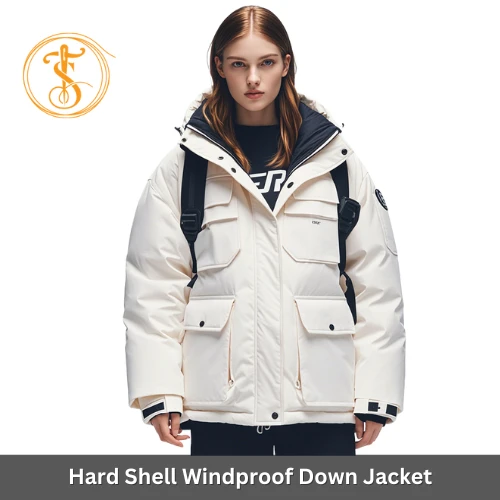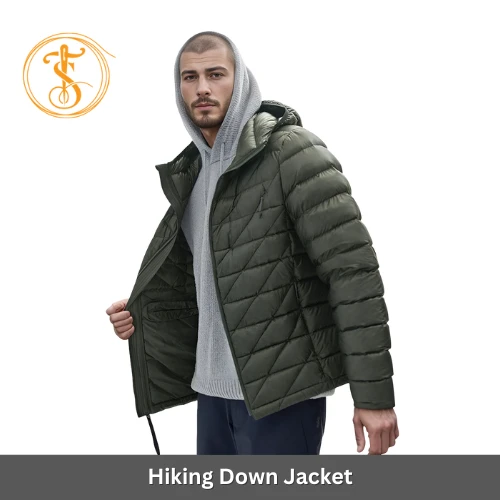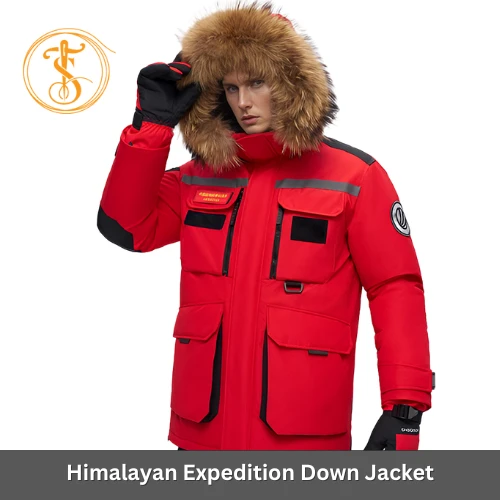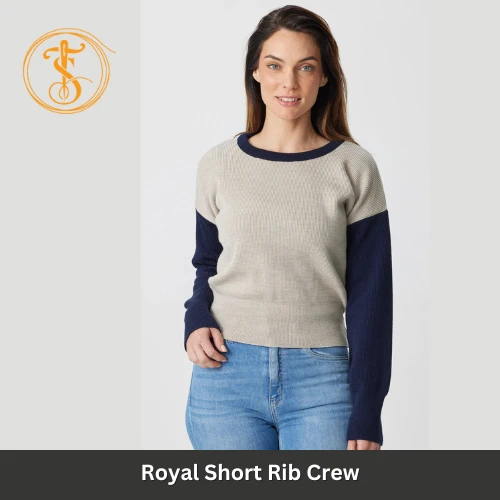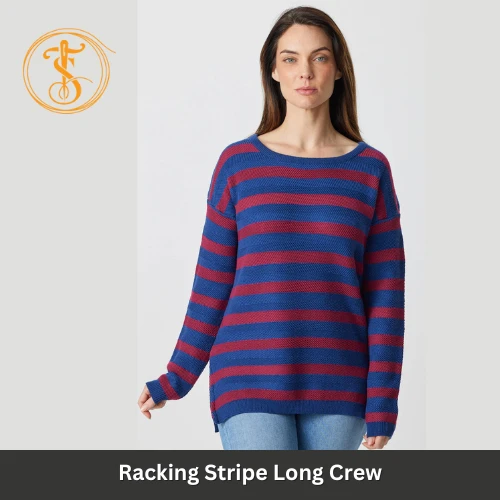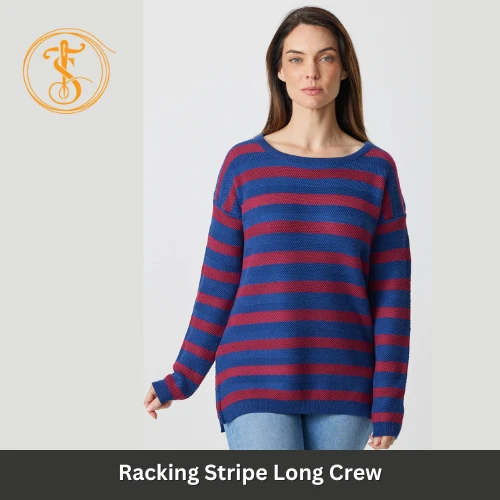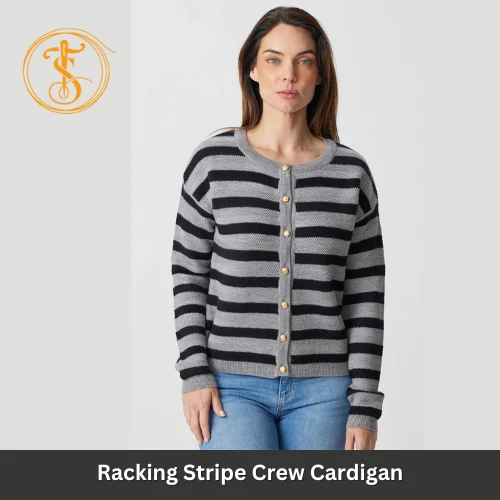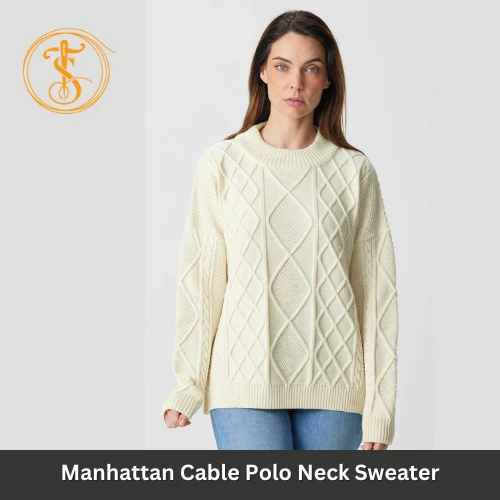Garments
All Garments Products
(24 items)
Garment refers to a piece of clothing or apparel that is well-manufactured by fabric or textile materials. The garment is the core thing that protects the human body and is useful for decorative purposes. The materials of garments can be many, for instance, natural, cellulose, and synthetic fibers. Classification of Garments The garment is basically well-made of fabrics or textiles. Many types of garments are there, for instance, woven, and knitted, under different names and purposes. Garments are classified based on the different standard classification systems, gender, use, style, and material. Garments can be understood in several categories. For instance: Fabric Type Knit (T-shirt: For instance, Polo Shirt, Sweater, Jacket), Woven (Shirt, Denim, Suit), Nonwoven (Socks, Diaper), etc. Season For winter, the garment can be the jacket. Similar to this, summer-Tank Tops, Spring-Singlet, autumn-Shirt, Late Autumn-Shirt, and many more. Events Under the events category, garments can be party or fashion wear, active or regular wear, evening gown or outfit, and night or soft fit. Manufacturing Method Manufacturing methods include readymade, tailored, and furnishing or automated garments. Source Natural, synthetic, or man-made fibers. Leather can be a good source for garments as well. Gender Garments are suitable for any gender starting from women’s, men’s, kid’s to toddlers and older aged. Length The length of the garment depends on shorts, three-quarters, full wear, pullover, and Bermuda Wear. Shape or Style Be it a saree or dress or an official outfit like a suit, garments are what made for different events. Application of Garments The garment has several functions. For instance, Formal, Swimwear, Sportswear, and Lingerie. Formal mens shirt, pants, collar shirt. Swimwear: Any cover-ups. Sportswear: Trouser, Sportsuit. Lingerie: Innerwear, sleepwear. Garments can perform multiple functions. For instance: Serves as an aesthetic appeal Protects the human body. Works as protective clothing against any physical injury or mechanical impact. Enhances the functionality of sportspersons. Improves the quality of living life (for patients and sufferers) Testing for Garments There are some common tests to be done on normal garments, for instance, fiber content, chemical test, and tensile strength. The focus is on comfort, performance parameter check, and easy car. There are also different types of testing, for instance: physical, chemical, and sometimes mechanical testing. Mechanical Testing has some other types, they are: Abrasion Testing Tensile Testing Pilling Testing

